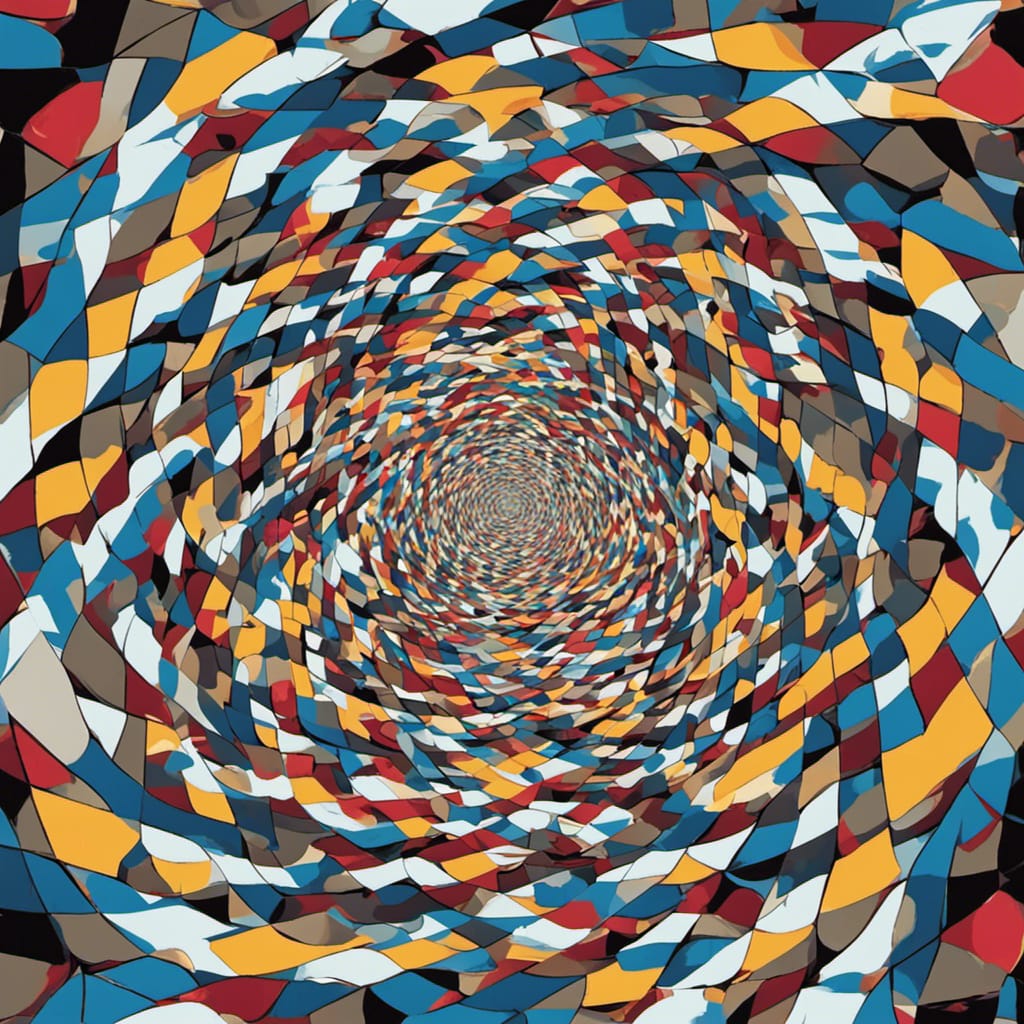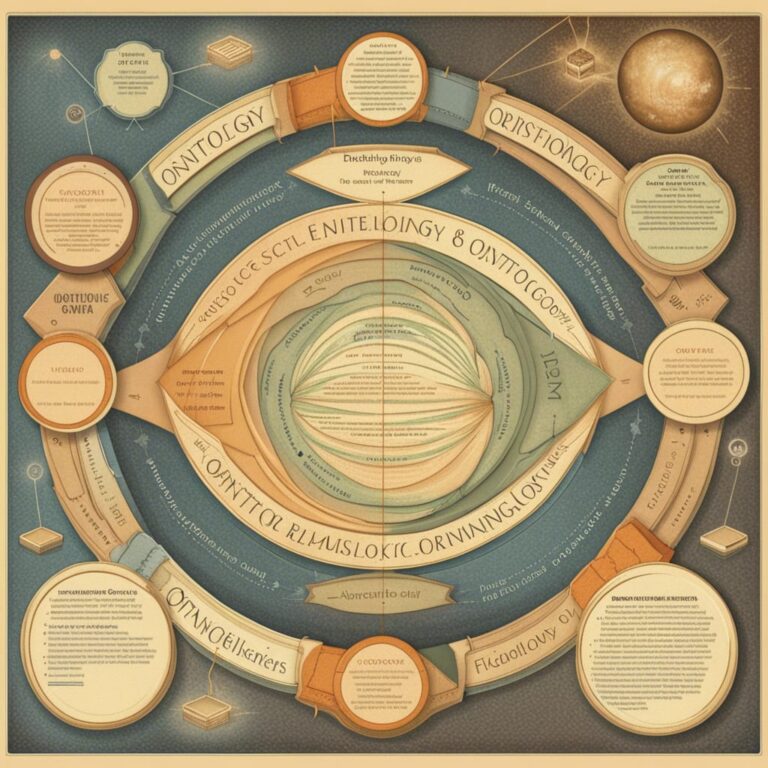
When delving into the fascinating realms of human cognition, two terms often come into play: perception and perspective. At first glance, these words might seem interchangeable, but a closer examination reveals distinct nuances that shape our understanding of the world around us. In this educational article, we’ll embark on a journey to unravel the intriguing differences between perception and perspective.

Perception Examples
In this section, we’re going to explore a variety of perception examples that will both astonish and enlighten us, showcasing just how powerful and malleable our perception truly is.
Optical Illusions
An optical illusion, like the famous “ambiguous image,” demonstrates how our perception can be manipulated. The same image can be seen in different ways by different individuals, highlighting how our brains interpret visual cues differently.
The Butterfly’s-Eye View
Imagine shrinking down to the size of an ant and exploring the world from a miniature perspective. This concept is beautifully exemplified by macro photography, where photographers capture stunning details of everyday objects, plants, and creatures that we often overlook. Viewing a water droplet or a butterfly’s wing from this perspective unveils a hidden world of intricate patterns and textures that can shift our perception of the ordinary to the extraordinary.
The Overview Effect
Astronauts who have gazed at Earth from the depths of space describe a profound shift in perspective known as the Overview Effect. Seeing our planet suspended in the vastness of space underscores its fragility and interconnectedness. This perspective has the potential to foster a sense of unity and stewardship for our planet, illustrating how a change in viewpoint can ignite transformative shifts in consciousness.
Taste Perception
Taste perception varies from person to person. Foods that some find delicious might be unappealing to others due to differences in taste preferences shaped by genetics and cultural influences.
Forced Perspective
Forced perspective is a creative technique that distorts the perception of size and distance to create stunning visual illusions. From tourists seemingly holding up the Leaning Tower of Pisa to people interacting with colossal objects that are actually small-scale models, this technique plays with our assumptions about spatial relationships. By exploiting perspective, these playful optical illusions challenge our sense of reality and leave us in awe of the possibilities.
Multiple Narratives
The Rashomon Effect, inspired by the film “Rashomon,” illustrates how different perspectives can shape divergent narratives of the same event. When multiple individuals recount an incident, their unique viewpoints and biases lead to contradictory versions of the truth. This concept reminds us that there’s rarely a single objective reality; instead, reality is often a tapestry woven from various subjective experiences.
Through a Child’s Eyes
Children possess a unique perspective marked by unfiltered curiosity and wonder. Everyday occurrences that adults might overlook are often sources of fascination for children. Engaging with the world through a child’s eyes encourages us to rekindle our sense of awe and appreciate the magic in the mundane. This perspective example serves as a reminder that our outlook on life can shift dramatically based on our approach.
Perspective Examples
Next, we’ll explore a collection of perspective examples that will challenge your perceptions and showcase the transformative power of different viewpoints.
Artistic Perspective
In art, perspective is crucial for creating the illusion of depth and distance. Artists use techniques like linear perspective to guide the viewer’s eye and create a sense of realism in their work.
The Dress that Broke the Internet
Remember the infamous “blue and black” or “white and gold” dress that sparked heated debates across the internet? This phenomenon brilliantly exemplifies how perception can differ from person to person. The lighting in the photo played tricks on our brains, leading some to perceive the dress as one color combination and others as an entirely different one. This captivating example highlights how our brains can interpret the same visual input in strikingly distinct ways.

Anamorphic Art
Anamorphic art takes advantage of perspective to create mind-boggling visual illusions. Artists meticulously design their work to appear distorted and incomprehensible when viewed head-on, only to reveal their true form when seen from a specific angle.
Shepard Tone
The Shepard Tone is a sonic illusion that gives the impression of a continuously rising pitch, despite the fact that the sound never actually gets higher. This auditory illusion plays with our sense of perception, creating a paradox where our ears perceive an ever-increasing pitch, while our logical understanding tells us that it can’t go on forever. This example showcases how perception can override our rational knowledge, leading us to believe what our senses convey.
Ames Room
The Ames Room is a physical space designed to manipulate our perception of size and proportion. When viewed through a peephole, this room appears as a regular, rectangular space. However, it’s actually a trapezoid, with one corner much closer than the other. This ingenious setup creates a baffling visual illusion where people of different heights appear to change size as they move from one end to the other. The Ames Room demonstrates how our perception of spatial relationships can be easily fooled.
Historical Events
When studying historical events, different perspectives emerge based on cultural and national backgrounds. The way a particular event is remembered can vary based on how it impacted different groups of people.
The McGurk Effect
The McGurk Effect is a captivating demonstration of how visual information can influence our auditory perception. When we see a person mouthing a particular syllable while hearing a different one, our brain often creates a hybrid perception that combines the visual and auditory inputs. This phenomenon showcases the intricate connection between our senses and how they can interact in unexpected ways.
How Perspective and Perception Intersect
Here’s where it gets fascinating: Perspective influences perception, and perception shapes perspective. Our unique perspectives act as interpretive filters, affecting how we perceive incoming information. At the same time, our perceptions, in turn, contribute to the refinement of our perspectives.
However, this dance isn’t always harmonious. Cognitive biases, those subconscious mental shortcuts, can distort both our perspective and perception. Confirmation bias, for example, leads us to seek out information that aligns with our existing views, reinforcing our perspective while blurring accurate perception.
Why Is This Knowledge Beneficial?
Recognizing the distinction between perspective and perception is vital for fostering empathy and effective communication. It enables us to appreciate that others might view the same situation through different lenses, leading to a more comprehensive understanding of diverse viewpoints. It also encourages us to question our own assumptions and biases, facilitating growth and open-mindedness.
More Benefits:
- Decision-Making: Considering multiple perspectives in decision-making processes leads to well-rounded choices. Evaluating potential biases in our perception and seeking diverse perspectives can result in more informed and balanced decisions.
- Media Literacy: In the age of information, understanding how perception and perspective influence media content is vital. Recognizing that news and information are often presented through specific lenses helps individuals critically analyze and discern reliable sources.
- Creativity and Innovation: The fusion of varied perspectives can lead to creative solutions and innovative ideas. Embracing diverse viewpoints sparks creativity by merging different insights into novel concepts.
- Educational Enhancement: In education, recognizing that students perceive and interpret information uniquely allows educators to tailor their teaching methods to cater to diverse learning styles, enhancing the overall learning experience.
- Professional Collaboration: In professional settings, diverse teams bring together a range of perspectives that lead to richer discussions and problem-solving. Acknowledging these diverse viewpoints can foster a more collaborative and productive work environment.
Conclusion
In conclusion, perception and perspective are fundamental concepts that impact how we interpret and navigate the world around us. While perception involves processing sensory information, perspective is the lens through which we view the world based on our experiences and beliefs. Acknowledging the distinctions between these terms enhances our ability to communicate, empathize, and appreciate diverse viewpoints, ultimately enriching our understanding of the complex tapestry of human perception and perspective.


